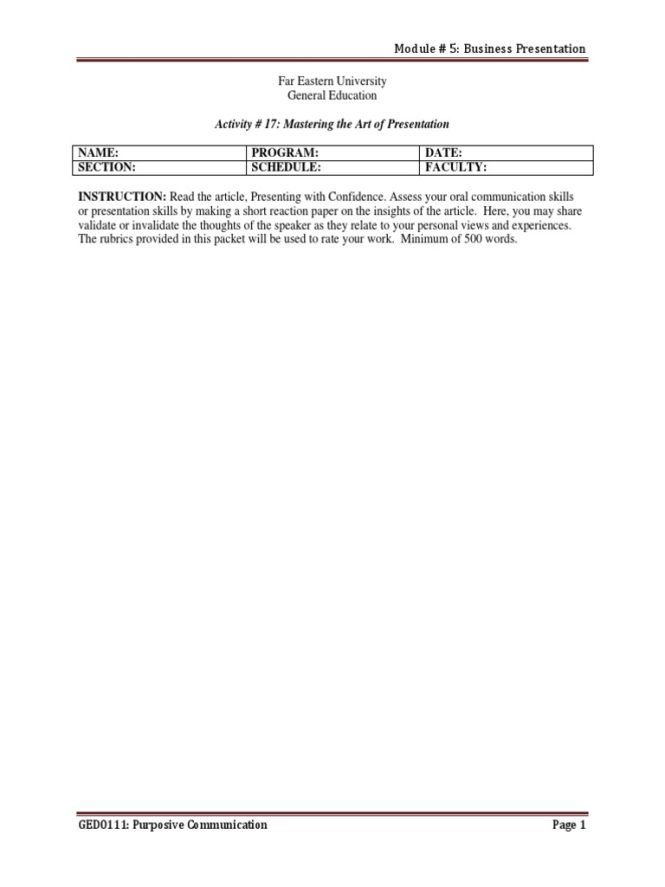

Mastering the Art of Presenting Technical Information to Non-Technical Audiences is crucial in today’s world, where technical expertise often needs translation for a wider audience. Imagine explaining the intricate workings of a new software program to a group of marketing professionals—how can you ensure they grasp the core concepts without overwhelming them with technical jargon? This article will guide you through the process, from understanding your audience to crafting clear explanations and leveraging visual aids. We’ll dissect common challenges, outline actionable strategies, and showcase practical examples to help you connect with non-technical audiences effectively. We’ll explore techniques like using simple language, relatable examples, and dynamic visual aids, and provide actionable insights to optimize your presentations for maximum impact. The structure of this article includes: understanding your audience, building clear explanations, utilizing engaging visuals, and practicing for effective delivery.
Understanding Your Audience: The Foundation of Effective Communication
Identifying the Needs and Backgrounds of Your Non-Technical Audience
Before crafting a presentation, understanding the makeup of your audience is paramount. What are their existing knowledge levels? What are their professional backgrounds? What are their goals? What are their needs? Understanding these factors will help you craft a presentation that is both relevant and accessible. For example, if you’re explaining a new machine learning algorithm to a marketing team, you’ll focus on the practical applications and business benefits, avoiding overly technical mathematical details. By tailoring your language and examples to their specific needs, you’ll significantly enhance engagement and comprehension.
Building a Bridge to Common Ground
To ensure successful communication, focus on building connections with your audience through common ground. This may involve starting with anecdotes or real-world examples they can relate to. Consider the audience’s typical workday or typical problems in their field. Relatability is key! If you’re explaining cloud storage to a team of project managers, connect the advantages to project management principles or time-saving opportunities. Aligning your message with their concerns and interests will create a stronger connection and build trust.
Building Clear Explanations: Simplifying Complex Ideas
Avoiding Technical Jargon
Technical jargon can be a major barrier to understanding for non-technical audiences. It’s crucial to use language that is accessible and easily understood. Replace technical terms with simpler, more descriptive alternatives—be concise and specific with your wording. Avoid using abstract or intangible language and focus on tangible results and clear benefits. For instance, instead of saying ‘the algorithm employs a Bayesian inference process,’ you could say ‘the system uses a method of educated guessing based on available data.’ Clarity and straightforward communication is crucial.
Using Analogies and Metaphors
Analogies and metaphors can be powerful tools for explaining complex technical concepts to a wider audience. Relate technical procedures to something familiar and relatable—this method helps audience members visualize abstract ideas. If you need to explain the concept of a neural network, use the analogy of interconnected neurons in the human brain to help clarify the process for a non-technical audience. Relating the technical to familiar concepts helps them grasp the essence of the topic quickly.
Utilizing Engaging Visual Aids: Enhancing Understanding and Retention
Choosing the Right Visual Tools
Visual aids are essential for enhancing engagement and retention for non-technical audiences. Use charts, graphs, diagrams, and other illustrations to visually represent data and key concepts. For complex technical data, consider using interactive presentations or demos to show how systems work. If you’re explaining data analysis trends, consider using visually compelling charts or graphs to make the trends easy to see. Visual aids significantly impact understanding.
Practicing for Effective Delivery: Ensuring a Smooth Presentation
Encouraging Audience Interaction
Involve the audience in the presentation to keep them engaged. Ask questions, solicit feedback, and encourage participation. This can be as simple as asking a question or doing a brief poll. Actively including the audience in the presentation will make them feel more invested and encourage interaction.
Refining Your Delivery Style
Practice your presentation beforehand to ensure a smooth and confident delivery. Pay attention to your tone, pacing, and body language. Rehearse in front of a mirror, or even with friends and colleagues to assess your performance. A clear, confident presentation significantly impacts the audience.
Maintaining Interest and Engagement
Breaking Down Complex Topics
Breaking down complex topics into smaller, more manageable chunks is key. Avoid overwhelming your audience with too much information at once. Focus on a single key point or concept in each part of the presentation. Use transition phrases and brief summaries to guide the audience from one concept to the next. Structure the presentation as a sequence of logical steps so audiences can follow along easily.
Incorporating Storytelling
Storytelling techniques can be incredibly engaging. Use real-world examples, scenarios, and case studies to illustrate concepts and make them relatable. Relating technical information to real-world examples connects the subject to the audience’s understanding.
Engaging and Intriguing Visuals
Using Interactive Visuals
Consider using interactive elements like polls, quizzes, or Q&A sessions. These elements can keep the audience focused and engaged in the topic. Using polls to gauge the audience’s understanding or using Q&A sessions is a great way to connect the speaker with the audience.
Utilizing Effective Delivery Strategies
Maintaining an Engaging Pace
Maintaining an appropriate pace during your presentation is critical. Speak at a steady rhythm while making the tone dynamic, so the audience doesn’t get bored. Use pauses to emphasize key points and to give the audience time to absorb information.
Frequently Asked Questions
What are the key elements to make my technical presentation more engaging for a non-technical audience?
Using clear and concise language, relatable examples, and engaging visuals are key components of an effective presentation. Avoid jargon, explain complex concepts with analogies, and use visual aids like charts and graphs to convey information easily. Practice your delivery style to ensure a confident and engaging presentation.
How can I make sure my non-technical audience understands the technical information?
Employ simple language, relatable examples, and visual aids, especially when presenting technical concepts. Break down complex ideas into smaller, digestible parts, and use analogies and metaphors to link technical concepts to familiar ideas. Regularly check for audience understanding and actively solicit questions throughout the presentation.
In conclusion, mastering the art of presenting technical information to non-technical audiences is a crucial skill for effective communication in today’s interconnected world. By employing clear and concise language, relatable examples, and engaging visuals, you can successfully bridge the gap between complex concepts and a broader audience. Remember that practice makes perfect—the more you engage in these techniques, the more natural and compelling your presentations will become. To delve deeper, consider taking a presentation skills workshop, or seeking feedback from peers and mentors on your communication style. This will help you refine your approach and further enhance your ability to communicate technical information effectively to non-technical audiences.